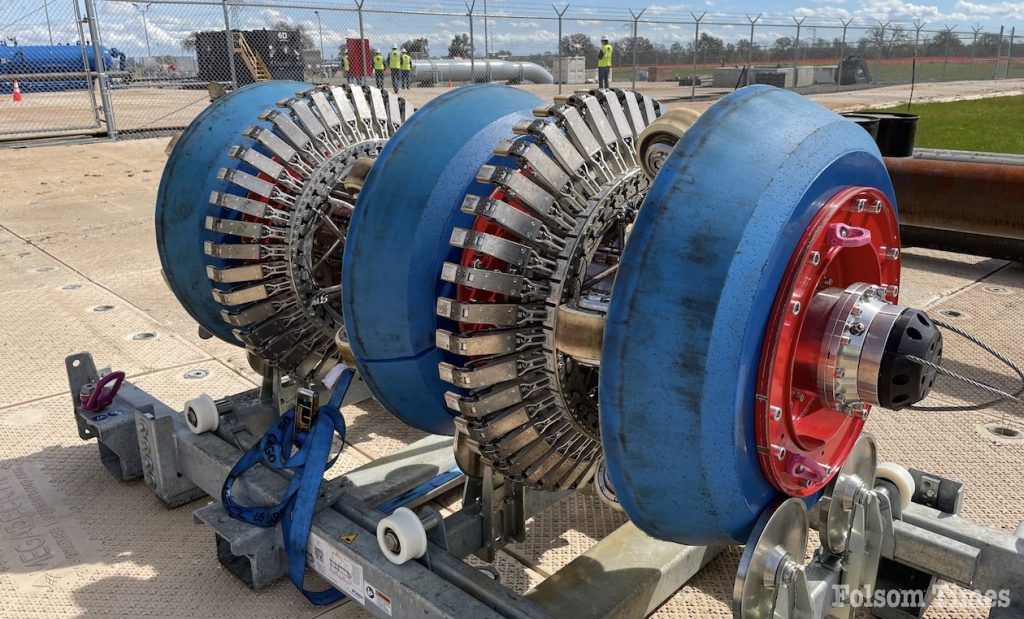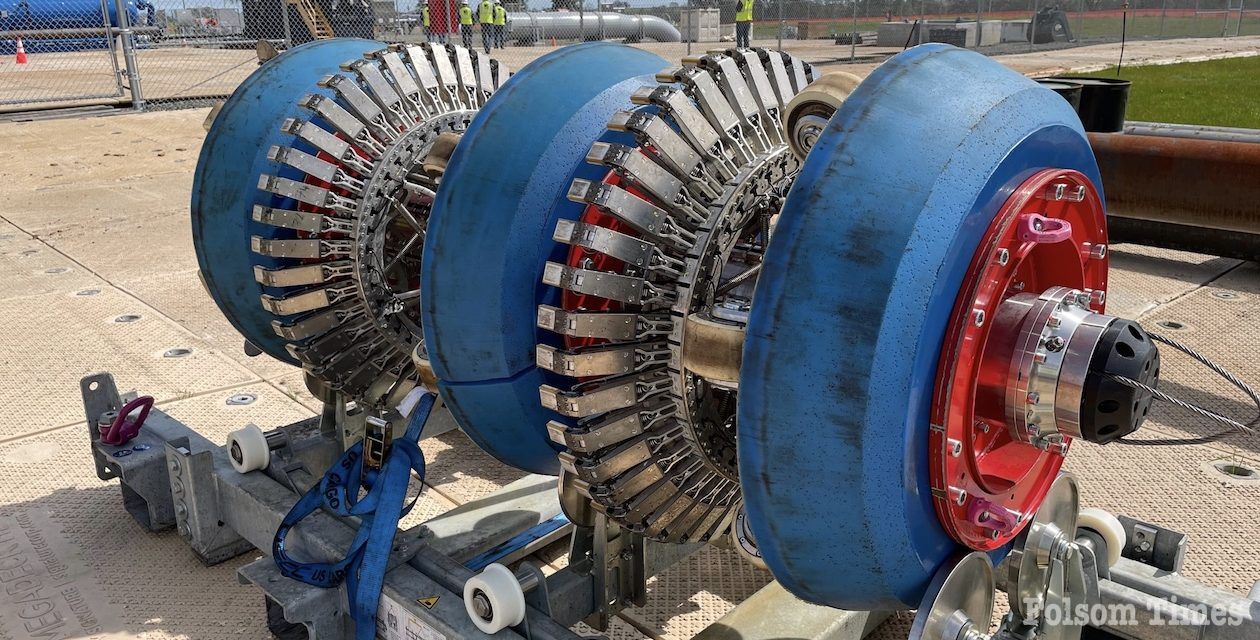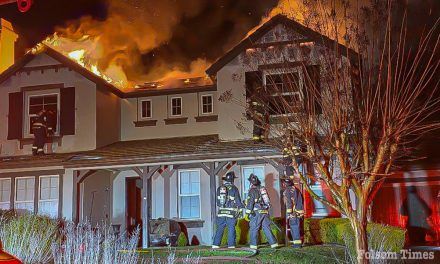Beginning this week, Pacific Gas and Electric Company (PG&E) will be conducting an internal inspection of a natural gas transmission pipeline between Folsom and El Dorado Hills.
The In-Line Inspections are routinely done throughout PG&E’s natural gas system to support the ongoing safe and reliable delivery of natural gas. PG&E does not expect any disruption to natural gas service for customers while the work is conducted, according to a PG&E media release revised by Folsom Times Tuesday afternoon.
“PG&E is working to further enhance gas pipeline safety throughout our service area, including communities in Sacramento and El Dorado counties,” said Joe Wilson, Vice President of PG&E’s North Valley & Sierra Region. “This gas pipeline in-line inspection project will result in an even more reliable and resilient natural gas system that will benefit thousands of customers in this region.”
In-Line-Inspection (ILI) technology is PG&E’s preferred method of inspecting its natural gas pipelines. The inspection process, used throughout the gas pipeline industry, uses an innovative tool known as a Pipeline Inspection Gauge (PIG) that travels through the pipeline looking for potential issues that can occur over time, such as dents and corrosion. This is a preferred inspection method because it does not require any digging and minimizes impacts to traffic. Before the inspection begins, temporary devices will be installed to maintain the flow of gas, which propel the tool through the pipeline. These devices also help reduce gas emissions and the risk of unplanned interruptions to customers’ gas service.
As part of our safety work, PG&E will stage temporary equipment within a fenced parcel near the southeast intersection of White Rock and Latrobe roads in El Dorado Hills that will be removed after the safety inspection is complete. This site will be used to operate enclosed combustion devices (ECDs), which consume natural gas to help generate additional gas flow in the pipeline. The devices – a total of five – look like a tall metal barrel 25-35 feet tall and 8 feet wide and will be visible from nearby roads. A glow at the top of the devices may be visible. This is due to the process used to support the inspection tool.
The devices will be tested on Wednesday, May 22 from about 10 a.m. to 1 p.m. The following week, the devices will likely operate weekdays from about 10 a.m. to 1 p.m. while PG&E runs cleaning tools through the pipeline. Inspection runs with the robotic tool will start the week of June 3 and lasting as long as until June 7, also between 10 a.m. and 1 p.m.
The PIGs will be inserted into the gas pipeline from a PG&E launcher site at 4606 Riley St. in Folsomand taken out at the site in El Dorado Hills. There are no ECDs at the Folsom site.
Since 2011, PG&E has been rigorously inspecting, replacing, and modernizing pipelines to proactively ensure the safety and reliability of its gas system. Some of the newer technologies applied to the gas system include remote-control and automatic shut-off valves that can stop the flow of gas faster in an emergency, and highly sensitive methane detection sensors that can track microscopic emissions.





